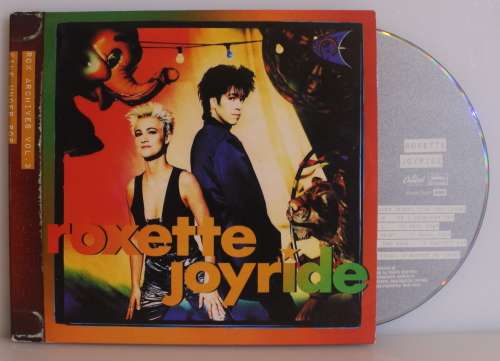


Gary Cherone had sung in a succession of local hard rock bands, the biggest of which was called the Dream. To this day, the image of Gary Cherone and Nuno Bettencourt making black-and-white puppy-dog eyes through their hair-curtains is the only thing that most people remember about Extreme.Įxtreme got together in Boston in 1985. As a slightly pretentious glam metal band, they were doing fairly well for themselves before “More Than Words.” But “More Than Words” came to dwarf the entire existence of the band, to the point where the members of Extreme came to resent their own biggest song. “More Than Words” was an atypical song for Extreme, who were basically a slightly pretentious glam metal band. It’s also some kind of landmark in the field of fake sensitivity. Instead, the song plays out as a kind of horny, passive-aggressive simper, a sweaty attempt to close the deal. Cherone wants the song’s target to know “how easy it would be to show me how you feel.” He never comes out and says that he’s talking about fucking, and I might respect “More Than Words” more if he did. But it’s not too hard to read between the lines on that one. In interviews, the members of the band would claim that “More Than Words” was really about how the word love gets diluted through overuse. The point of the song is that it’s not enough to say that you love someone. Extreme’s Gary Cherone and Nuno Bettencourt sound like they’re singing sweet little love-song nothings, but that’s not quite what’s happening. “More Than Words” is one of the all-time great pop-music okey-dokes. I hated it before I totally understood the message of the song, and then I hated it even more after. They didn’t become one of the biggest acts of the ’90s, but that one song was fucking everywhere for a little while. They adapted that old Simon & Garfunkel model, but instead of singing philosophy-class musings, they sang about being shitty and manipulative boyfriends. For one song and one song only, the two of them ditched their wheedling guitars and their lyrics about the tawdriness of society, and they went for something different. A quarter-century later, two Boston glam-metal doofs had an epiphany. In the ’60s, the duo of Paul Simon and Art Garfunkel became one of the biggest acts in the world by singing hushed profundities in angelic choirboy harmonies over acoustic guitars.

In The Number Ones, I’m reviewing every single #1 single in the history of the Billboard Hot 100, starting with the chart’s beginning, in 1958, and working my way up into the present.


 0 kommentar(er)
0 kommentar(er)
